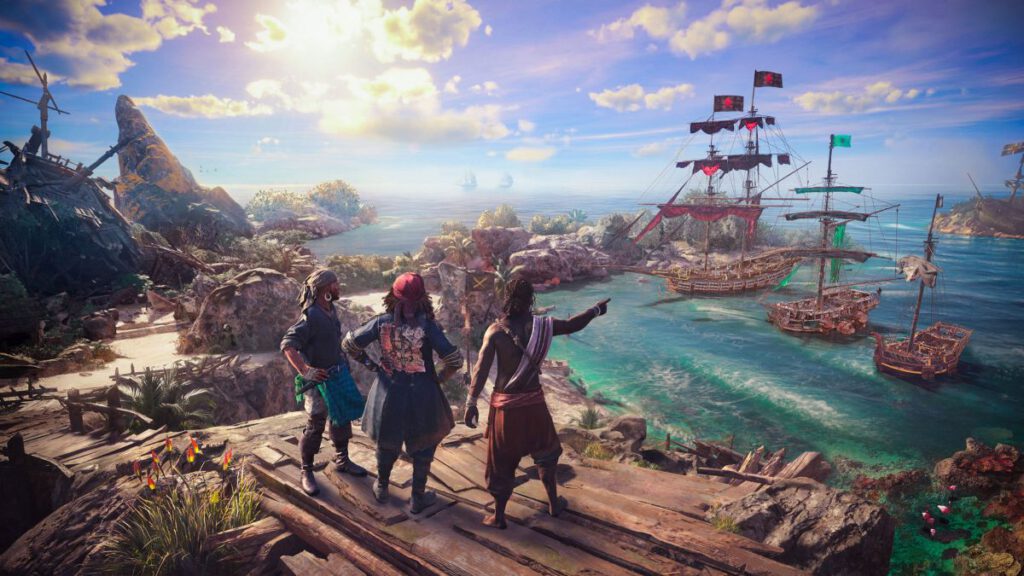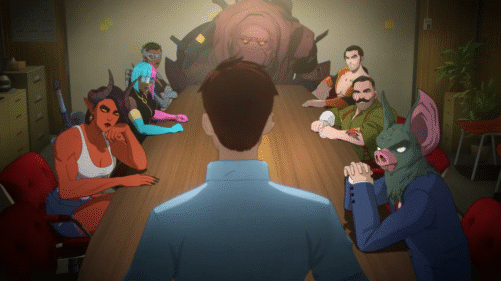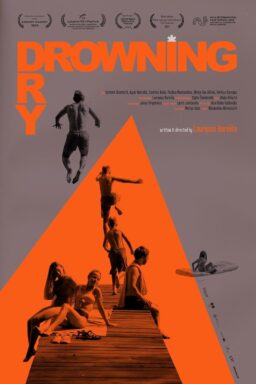Ubisoft’s “Skull and Bones” finally set sail this month after years of production woes and release delays. The game began development over a decade ago, initially starting life as an expansion of the company’s critically and commercial successful “Assassin’s Creed IV: Black Flag.” That excellent game, one of the best in the long-running “Assassin’s Creed” franchise, was essentially a pirate simulator, with missions that included ship warfare and exploration that was highly acclaimed. Why not expand on the battle-at-sea aspects of “Black Flag” with more of the same? Thus began an insanely long journey in which it feels like a game that started with so much promise simply took on too much development cargo and sank. It’s a cautionary tale about what can happen to the best of development intentions when a concept is simply never fully considered (or re-considered too many times), and the gaming world passes a title by while it’s being fine-tuned. “Skull and Bones” may have been major in 2016 or other early points in its tumultuous production, but it’s a dull, tedious, repetitive experience in the gaming world of 2024.
In a piece published three years before “Skull and Bones” would finally come out titled “First it Was an Assassin’s Creed Expansion, Now It’s Ubisoft’s 8 Year Nightmare,” it’s clear that this is a project that never should have been allowed to set sail. Calling the production cursed, it details various incarnations of the project, including multiple settings and even getting off the ship for some land-based elements. “Skull and Bones” was set for release in late 2018 and then got pushed again, and again, completely getting a “new vision” in 2020, before multiple other delays.

Of course, most people don’t care about a game’s production process if a game works. So does “Skull and Bones”? Not really, although it’s not the complete disaster of something like last year’s atrocious “Golllum.” One can see the core of what could have worked about this game, an incredibly detailed pirate-ship simulator that will play best for those who obsess over every detail in customizable live-service games. If you’re willing to spend hours hunting the open seas for the right materials to upgrade your ship, “Skull and Bones” is for you. This is a game in which all of the action takes place at sea, with on-foot activity reserved for ports and some minimal exploration. It’s like “Assassin’s Creed IV: Black Flag” with no assassinating.
You play an up-and-coming pirate sailing the Indian Ocean in search of glory. The game’s lengthy tutorial basically unfolds over the first couple hours as you’re given contracts by blacksmiths to find materials to upgrade your ship or from the local pirate king to increase your standing in the community. Dialogue choices feel perfunctory, characters are shallowly drawn, and the on-land settings look dated. The game comes to life much more impressively on the water, as the physics of sailing are impressively rendered. The only times I really enjoyed “Skull and Bones” are when I would catch the wind in just the right way and sail into a new channel or around an island in a manner that felt fluid and engaging. Watching the sunrise over the horizon or birds cross my path as I leaned into the wind has an almost lyrical, meditative quality.
The problem is that these sequences are only a small portion of the gameplay in “Skull and Bones,” which often comes down to shooting cannonballs at other ships or trying to ram them. There is a bit of a learning curve to combat in that it’s not a standard shooter—no such thing as automatic cannons—so you have to aim, fire, and dodge all in the same beat really. Like a lot of simulators, a lot of combat success is determined before you set sail, in how you upgrade weapons, armor, etc. Consequently, “Skull and Bones” becomes a series of fetch quests as you track items to make your ship into a naval killing machine. There’s also a robust trading system that allows you to sell your ill-gotten gains to merchants and even eventually generate passive income from your pirate empire.

You don’t have to sail the seas alone. Not only will you encounter other players in their ships, but you can team up with friends to accomplish missions, or even just grab a buddy you see in the open environment. The concept of a pirate game in which you’re playing with other wannabe pirates is an excellent idea, although it often felt like the players that I encountered were just doing their own thing, likely searching for materials too. So “Skull and Bones” becomes a hunting game, an online game that often feels barely online.
It’s worth noting that “Skull and Bones” is a live service game, which means there will be upgrades, tweaks, and new content delivered after release. There’s even a year-1 roadmap for the game that will feature a villain named Philippe La Peste, but GameSpot reports that the seas of “Skull and Bones” are pretty empty, failing to reach a million players even with a free trial to entice them. It feels like a game that will have its ardent supporters early on who seek to reclaim an “unloved” game, and potentially even a title that will redeem itself down the road, possibly even in year 2 or 3, something that has happened to live service games that stumbled out of the gate before. The only question is if anyone will be on board to notice.
The publisher provided a review copy of this title.












